3 Spring Lawn Damaging Pests in Maryland and How to Get Rid of Them
Eventually, winter is put to bed and spring comes into the scene.
This is when your lawn wakes up. It goes from a dormant state to full-on growth. It’s one of those signs of spring that make you happy to get outdoors and stick your toes in that soft, healthy, emerald green grass.
Green and growing is the desired and expected sight once this season arrives. So when you’re faced with a brown lawn that looks splotchy or unhappy, it can put a damper on your spring.
Pest infestations can be the culprits of poor lawn health. Your lawn has some roots that are tasty to these pests as they grow underground. And if your lawn is weak or lacking in nutrients, this makes it even more susceptible to pests.
Let’s take a look at some common lawn damaging pests in spring.
3 Common Spring Lawn Pests and Insects in Maryland
When you sense that your lawn isn’t happy in spring, and you suspect insects, looking for some common signs of their presence is a good first step.
You’re looking for brown spots, dead or dying patches of grass, wilting grass blades, thin or missing roots, holes in the soil, and even the presence of insects or grubs.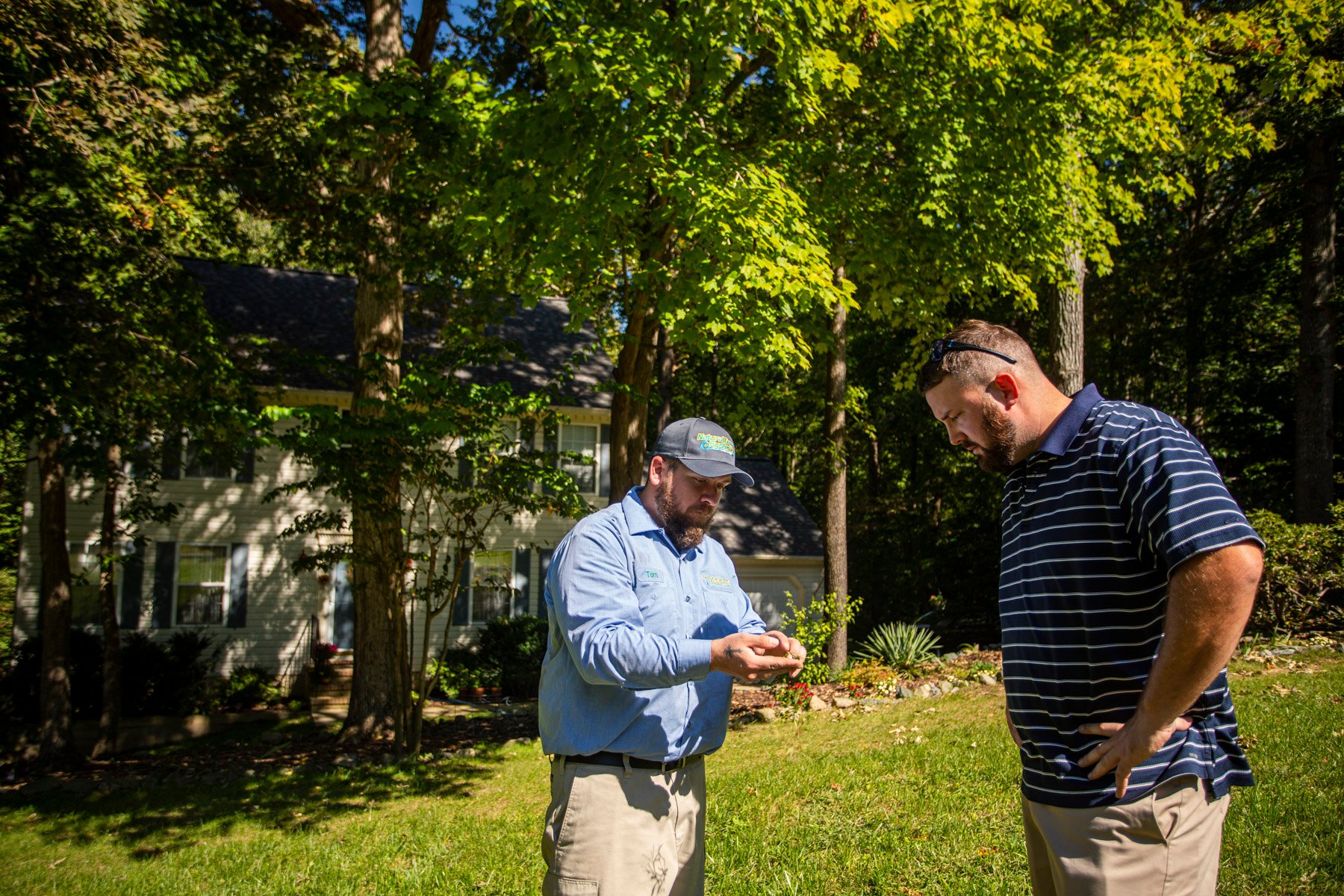 Because different pests need different strategies for elimination and control, identifying the culprit is the next step in how to get rid of spring lawn pests.
Because different pests need different strategies for elimination and control, identifying the culprit is the next step in how to get rid of spring lawn pests.
Here are the three main spring lawn pests to watch out for in Maryland.
1. Grubs
Grubs are the worst of the lawn damaging insects in spring.
White grubs are actually the larvae of a large variety of beetles, including Japanese beetles. In summer, adult beetles mate and lay eggs in the soil. Those eggs hatch in two weeks and the grubs start feeding on grass roots. By fall, as colder weather sets in, the growing grubs burrow several inches into the soil and go dormant for the winter. 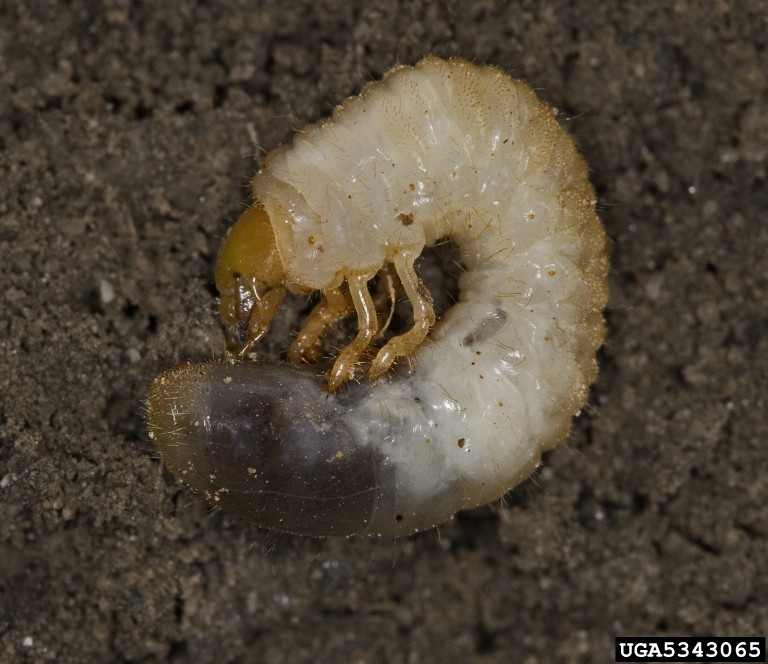 As the ground warms up in early spring, the fat, C-shaped larvae dine on your lawn’s roots just below the soil surface.
As the ground warms up in early spring, the fat, C-shaped larvae dine on your lawn’s roots just below the soil surface.
Signs of grub damage include wilted grass blades, brown lawn patches and even dead grass. The grass may feel spongy in spots and lift up easily, revealing grubs underneath. You might also catch critters like skunks or moles digging in your lawn looking for the grubs as a snack.
2. Cranefly Larvae
When they are adults, crane flies look like big mosquitoes, but they are pretty harmless to your lawn at this stage. It’s when their eggs hatch in spring, producing larvae that look like small brown worms, when you have to worry. Those larvae feed on grass roots in spring and summer. 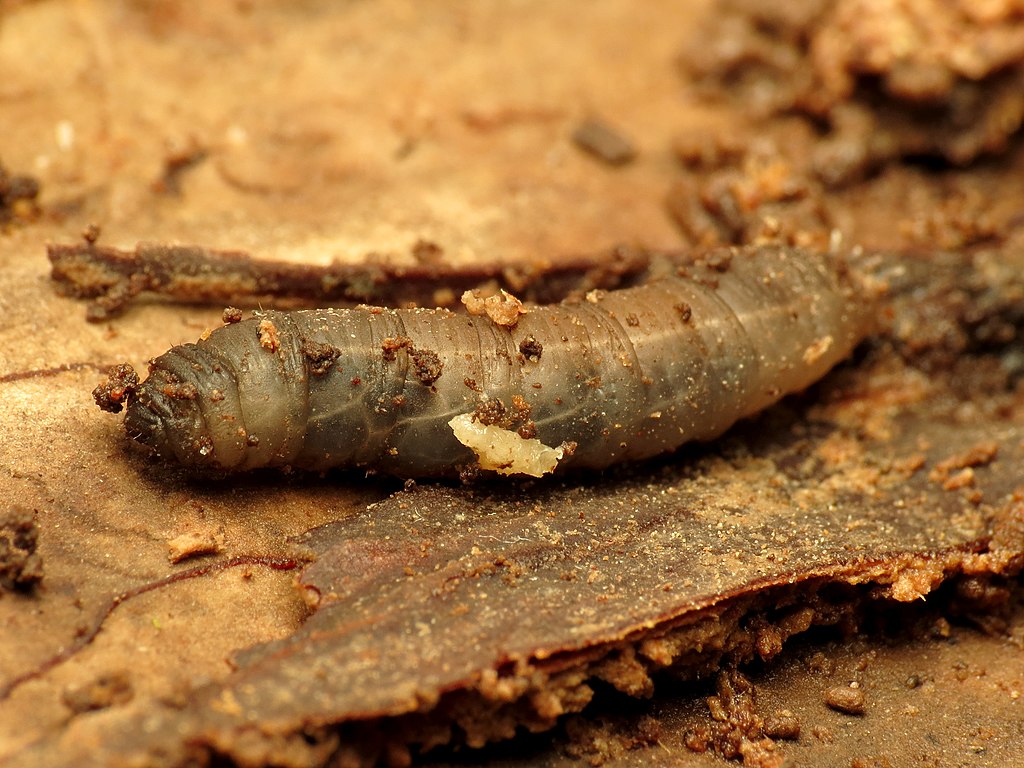 Catching this spring lawn pest early is important because their feeding increases as they grow.
Catching this spring lawn pest early is important because their feeding increases as they grow.
You can usually spot the larvae in areas of your grass where it appears to be dying. If you peel back a portion of grass to look at the roots, you can see the wormlike larvae.
3. Cutworms
In the spring in Maryland, cutworm moth adults lay eggs on grass blade tips. Those eggs hatch into worms that feed during the night and hide during the day, making them another pretty menacing lawn damaging pest in spring.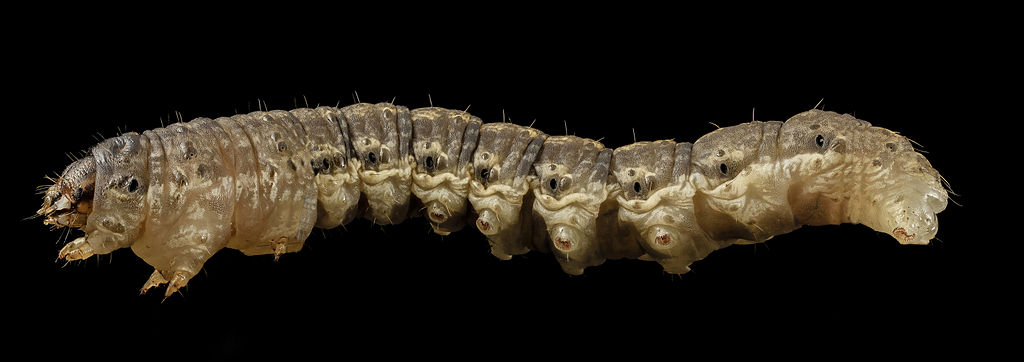 The worms feed for two to four weeks before becoming moths. This cycle repeats three to six times a year. Areas like Maryland with milder winters can have more reproduction cycles.
The worms feed for two to four weeks before becoming moths. This cycle repeats three to six times a year. Areas like Maryland with milder winters can have more reproduction cycles.
Look for grass blades bitten off at their bases. Grass mown too short usually suffers the most damage, leading to dead spots.
How to Get Rid of Spring Lawn Pests in Maryland
Because a lot of these pests feed underground where you can’t see them, their stealth munching on your lawn roots can go unnoticed. The problem with that is if it goes on for too long, your lawn can suffer major damage.
To prevent these pests, you must start with a healthy, happy, thriving lawn. Never mow it so it’s lower than 3.5 inches high. Fertilize correctly and adequately. Aeration and overseeding in the fall can help reduce compaction and aid lawn growth, making it thick and strong. 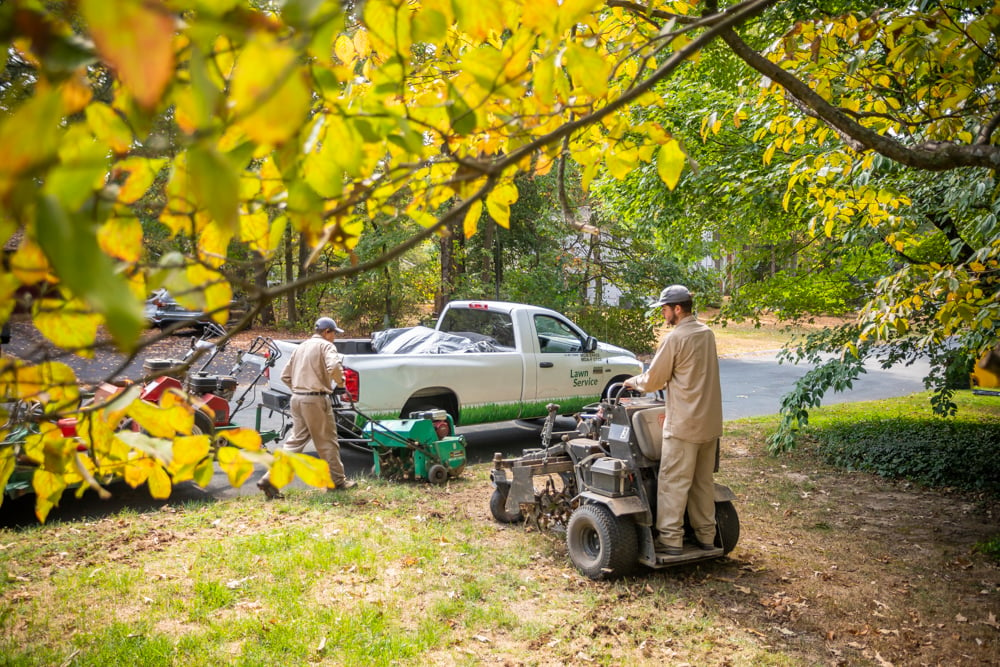 But when pests invade your grass, a pest control solution can help eliminate these lawn destroyers. A grub control application that provides season-long control can keep these spring lawn pests and insects at bay. The insecticide covers a variety of these larvae, solving many of your bug woes.
But when pests invade your grass, a pest control solution can help eliminate these lawn destroyers. A grub control application that provides season-long control can keep these spring lawn pests and insects at bay. The insecticide covers a variety of these larvae, solving many of your bug woes.
Kick Spring Pests to the Curb
When warmer days arrive, lawn damaging pests in spring are not invited.
While you’re planning your outdoor fun and grilling adventures, you don’t want a brown and pest-infested lawn to ruin your season.
If you are looking around your lawn and have a feeling that pests may be causing the damage you’re seeing, trust your gut. Not sure where to start? Give Natural Green a call.
Stop pests before they start in spring. Request a free quote today. We’ll review your options together so you can make the best choice for you. Then you can sit back and enjoy your lawn.
Image Source: Grub, Cranefly Larvae, Cutworm
Eventually, winter is put to bed and spring comes into the scene.
This is when your lawn wakes up. It goes from a dormant state to full-on growth. It’s one of those signs of spring that make you happy to get outdoors and stick your toes in that soft, healthy, emerald green grass.
Green and growing is the desired and expected sight once this season arrives. So when you’re faced with a brown lawn that looks splotchy or unhappy, it can put a damper on your spring.
Pest infestations can be the culprits of poor lawn health. Your lawn has some roots that are tasty to these pests as they grow underground. And if your lawn is weak or lacking in nutrients, this makes it even more susceptible to pests.
Let’s take a look at some common lawn damaging pests in spring.
3 Common Spring Lawn Pests and Insects in Maryland
When you sense that your lawn isn’t happy in spring, and you suspect insects, looking for some common signs of their presence is a good first step.
You’re looking for brown spots, dead or dying patches of grass, wilting grass blades, thin or missing roots, holes in the soil, and even the presence of insects or grubs. Because different pests need different strategies for elimination and control, identifying the culprit is the next step in how to get rid of spring lawn pests.
Because different pests need different strategies for elimination and control, identifying the culprit is the next step in how to get rid of spring lawn pests.
Here are the three main spring lawn pests to watch out for in Maryland.
1. Grubs
Grubs are the worst of the lawn damaging insects in spring.
White grubs are actually the larvae of a large variety of beetles, including Japanese beetles. In summer, adult beetles mate and lay eggs in the soil. Those eggs hatch in two weeks and the grubs start feeding on grass roots. By fall, as colder weather sets in, the growing grubs burrow several inches into the soil and go dormant for the winter.  As the ground warms up in early spring, the fat, C-shaped larvae dine on your lawn’s roots just below the soil surface.
As the ground warms up in early spring, the fat, C-shaped larvae dine on your lawn’s roots just below the soil surface.
Signs of grub damage include wilted grass blades, brown lawn patches and even dead grass. The grass may feel spongy in spots and lift up easily, revealing grubs underneath. You might also catch critters like skunks or moles digging in your lawn looking for the grubs as a snack.
2. Cranefly Larvae
When they are adults, crane flies look like big mosquitoes, but they are pretty harmless to your lawn at this stage. It’s when their eggs hatch in spring, producing larvae that look like small brown worms, when you have to worry. Those larvae feed on grass roots in spring and summer.  Catching this spring lawn pest early is important because their feeding increases as they grow.
Catching this spring lawn pest early is important because their feeding increases as they grow.
You can usually spot the larvae in areas of your grass where it appears to be dying. If you peel back a portion of grass to look at the roots, you can see the wormlike larvae.
3. Cutworms
In the spring in Maryland, cutworm moth adults lay eggs on grass blade tips. Those eggs hatch into worms that feed during the night and hide during the day, making them another pretty menacing lawn damaging pest in spring. The worms feed for two to four weeks before becoming moths. This cycle repeats three to six times a year. Areas like Maryland with milder winters can have more reproduction cycles.
The worms feed for two to four weeks before becoming moths. This cycle repeats three to six times a year. Areas like Maryland with milder winters can have more reproduction cycles.
Look for grass blades bitten off at their bases. Grass mown too short usually suffers the most damage, leading to dead spots.
How to Get Rid of Spring Lawn Pests in Maryland
Because a lot of these pests feed underground where you can’t see them, their stealth munching on your lawn roots can go unnoticed. The problem with that is if it goes on for too long, your lawn can suffer major damage.
To prevent these pests, you must start with a healthy, happy, thriving lawn. Never mow it so it’s lower than 3.5 inches high. Fertilize correctly and adequately. Aeration and overseeding in the fall can help reduce compaction and aid lawn growth, making it thick and strong.  But when pests invade your grass, a pest control solution can help eliminate these lawn destroyers. A grub control application that provides season-long control can keep these spring lawn pests and insects at bay. The insecticide covers a variety of these larvae, solving many of your bug woes.
But when pests invade your grass, a pest control solution can help eliminate these lawn destroyers. A grub control application that provides season-long control can keep these spring lawn pests and insects at bay. The insecticide covers a variety of these larvae, solving many of your bug woes.
Kick Spring Pests to the Curb
When warmer days arrive, lawn damaging pests in spring are not invited.
While you’re planning your outdoor fun and grilling adventures, you don’t want a brown and pest-infested lawn to ruin your season.
If you are looking around your lawn and have a feeling that pests may be causing the damage you’re seeing, trust your gut. Not sure where to start? Give Natural Green a call.
Stop pests before they start in spring. Request a free quote today. We’ll review your options together so you can make the best choice for you. Then you can sit back and enjoy your lawn.
Image Source: Grub, Cranefly Larvae, Cutworm
Share This
Topics: Pest Control, Lawn Care


